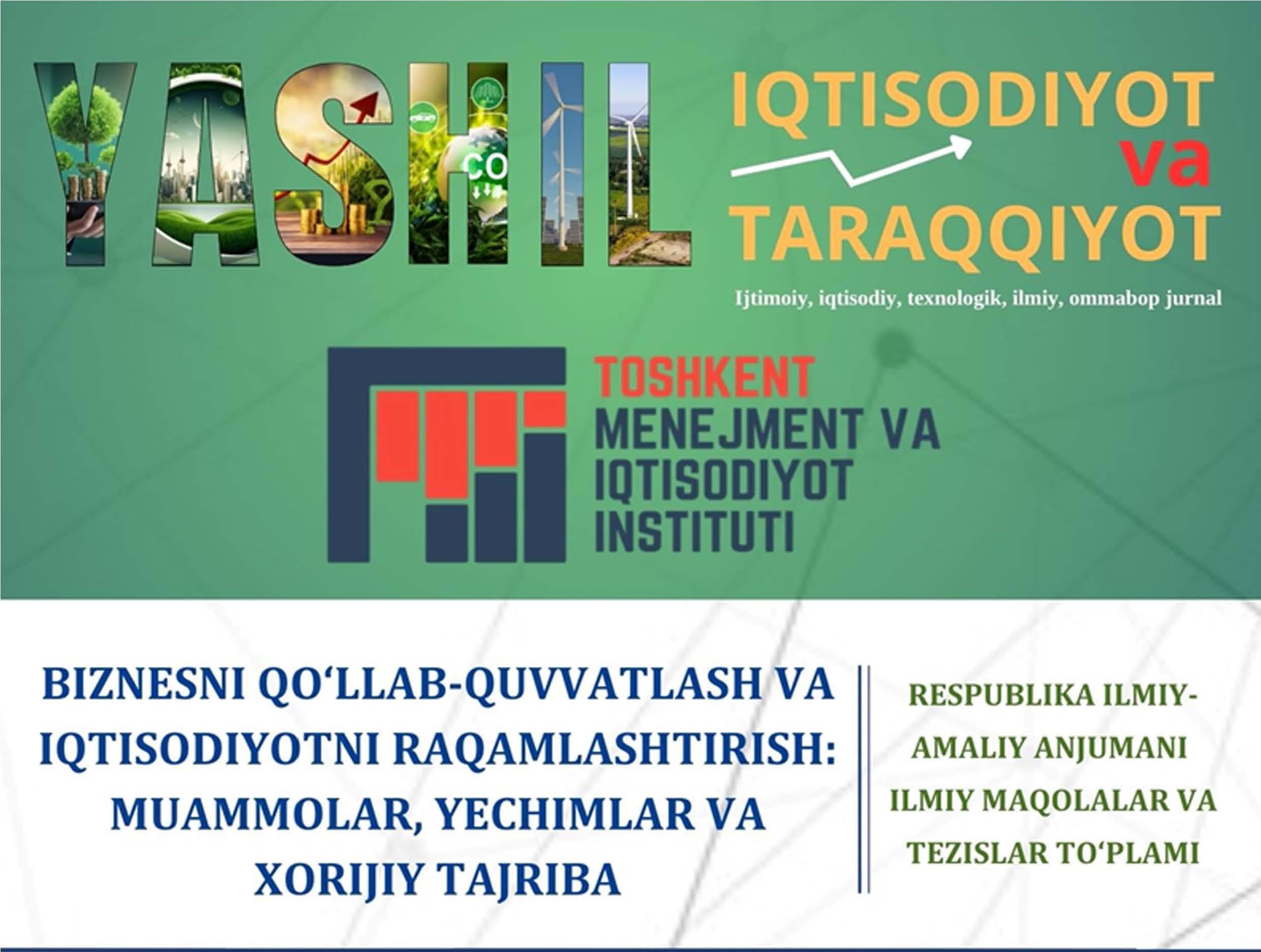Are the current researched early warning indicators significant in identifying banking crises?
DOI:
https://doi.org/10.5281/zenodo.14295179Keywords:
Early Warning Indicators (EWIs), Banking Crises, pooled logistic model, AUROCs.Abstract
This paper continues the discussion set forth in the paper “Initial research: Are the current researched early
warning indicators significant in identifying banking crises?” by Berdiyorov (2024) with expanding on the paper: ‘Early
Warning Indicators of Banking Crises: Expanding the Family’ by Aldasoro, Borio and Drehmann (2018). Using a pooled
logistic model with large a data set from 1980 to 2019 containing multiple countries and crises and estimating the optimal
thresholds for each indicator to produce accurate true signals of banking crises. I establish that the current EWIs, mainly
the credit-to-GDP gap, are still highly significant and reliable indicators of banking crises, producing highly significant
informative signals according to the AUROCs and signal-to-noise ratios. In addition, the additional indicators introduced
in this paper are found to also be effective statistically significant indicators of vulnerabilities within the banking industry.
For example, the loans-to-deposit has high AUCs across all time horizons and the highest signal-to-noise ratios amongst
all the indicators.
Published
Issue
Section
License
Copyright (c) 2024 YASHIL IQTISODIYOT VA TARAQQIYOT

This work is licensed under a Creative Commons Attribution 4.0 International License.

